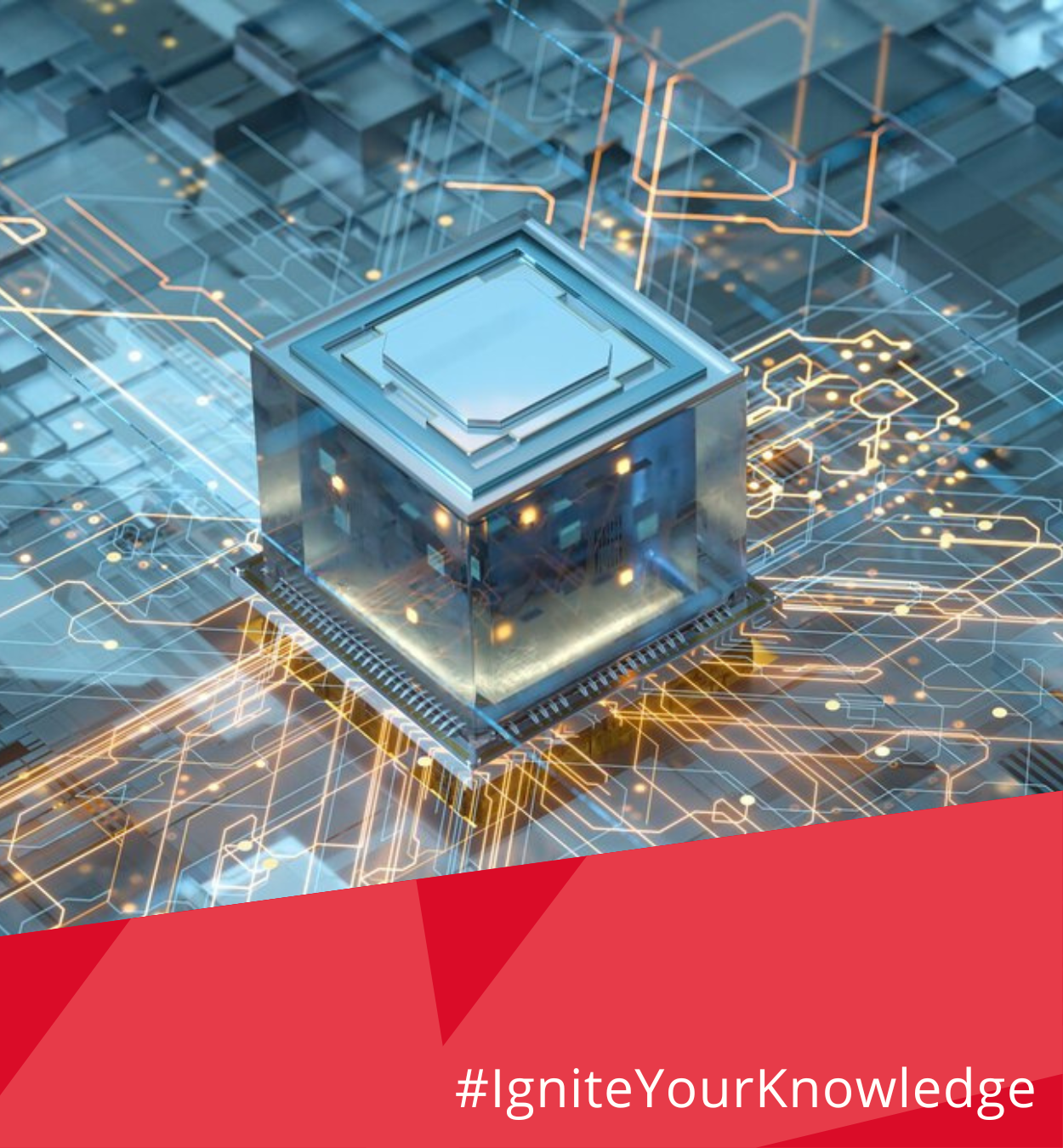
The ability to measure is essential for effective sustainability initiatives, and as Transforma Insights reports, 11 out of the 17 UN Sustainable Development Goals (SDGs) can be improved through the use of Internet of Things (IoT)1. Responsible consumption of water, electricity, and gas, meanwhile reducing waste and excess production is crucial to managing our natural resources and ensuring their availability for the future. Real-time data plays a significant role in managing resources by enabling prompt actions, such as responding to consumption patterns, detecting leaks, and optimizing distribution.
Meeting the requirements for IoT devices in sustainable consumption monitoring
Wireless transmission of consumption data requires reliable antenna solutions to ensure its successful delivery. Apart from the antenna, sensor units used for sustainability monitoring are typically compact and equipped with multiple sensors, battery, microcontroller for data processing, and a wireless communication module.
Important devices requirements:
- Delivering reliable data transfer with long-range, even in rough environments.
- Support for multiple communication standards.
- High durability ensuring low maintenance.
- Long battery life and long device lifetime.
The need to deploy these units underground, inside walls, or near metal and other materials, poses additional challenges to meet these requirements, and a compact high performance antenna solution plays a critical role.
Enabling sustainability. What role does the antenna play?
The right antenna selection and design are crucial. If the antenna’s performance is subpar, it jeopardizes the device’s battery life, range, and ultimately the effectiveness of the data transfer and resource control. At Ignion we are dedicated to ensuring that IoT device makers have an easy path to deliver on these requirements.
Let’s explore a few examples of IoT applications that play a major role in achieving sustainable consumption.
Smart Metering
Whether for water, gas, or electricity, the widespread deployment of smart meter devices allows real-time consumption monitoring at various levels, from individual housing units to large-scale infrastructure. For example, the smart electricity meter has the potential to decrease electricity consumption by 5%-12% between households and businesses and by 2030 the total number of Smart Electricity Meter connections will increase to 2.2 billion2. These meters are often installed underground or inside walls, demanding long-range connectivity and robust performance with low maintenance.
Ignion works with smart metering companies like Itron, EDMI, and many others ensuring robust and reliable antenna performance across a range of metering form factors, supporting wireless standards such as LTE Cat1, LTE-M, NB-IoT, LoRa as well as the recent popularity in the 450 MHz space. A key advantage is that the same metering antenna design can be reused in subsequent meter designs, regardless of differences in dimensions or form.

More info about the New DI Network Interface Card from Itron.

More info about the EDMI case study.
Asset Tracking
Monitoring assets enables optimal utilization, leading to sustainable consumption and reduced waste. Just in transporting assets, a tracker solution can enable up to 8% saving on fuel3. Asset trackers can be found on various items, from shipping containers traveling globally to city bikes encouraging car-free transportation, even down to small parcels containing valuable goods. These trackers require a global cellular connection for data transfer, GNSS/GPS for location determination, and often a Bluetooth connection for direct device communication via smartphones. Designing an antenna solution that performs well and delivers reliable performance used to be challenging. However, Ignion’s Virtual Antenna® technology and the Oxion™ platform have made it possible for any hardware engineers to achieve this feat.

More info about the ThinTrack tiny parcel tracker.
Final thoughts
While IoT does not offer a solution to all sustainability challenges, Ignion strives to lower the barriers to innovation in areas where the Internet of Things can make a difference. As part of the IoT ecosystem, Ignion collaborates with companies that share the goal of simplifying the design process and accelerating the development of impactful solutions which in the end enables the critical measurements to achieve sustainable consumption. Together, we can contribute to a positive change.
#Weareignion
To collaborate with us in simplifying the complex IoT design journey and enabling more sustainable initiatives, contact us at info@ignion.io.
Sources:
1: https://transformainsights.com/blog/iot-critical-tool-un-sdgs
2: https://transformainsights.com/blog/electricity-smart-meter-market-geographic





